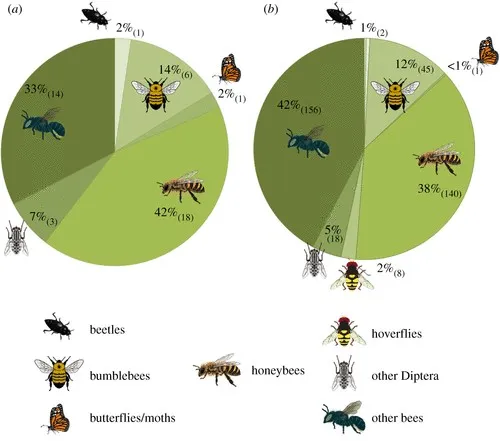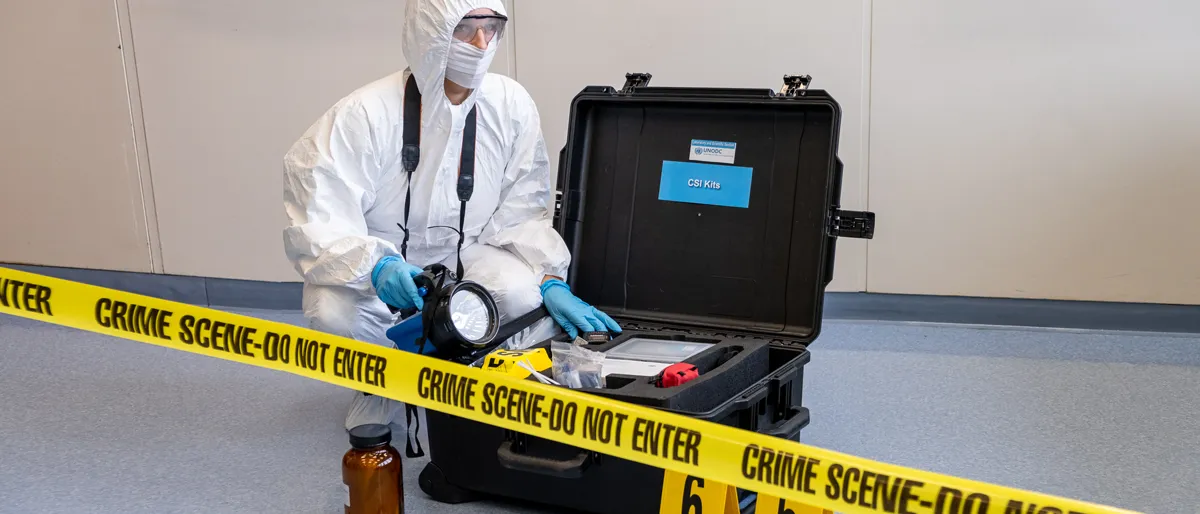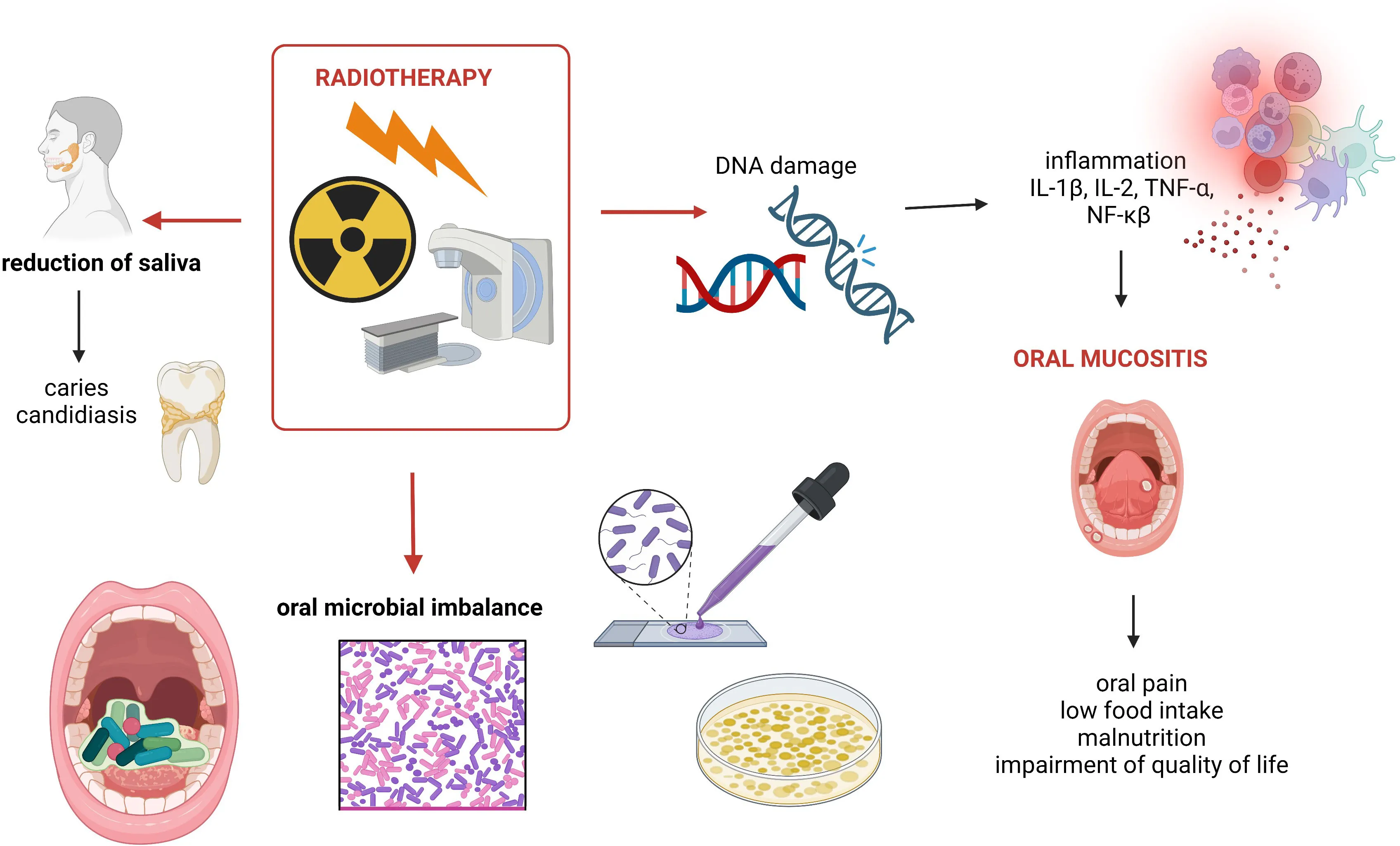Trends
Anti-Cancer Therapy Options in Pediatric Patients, Prevalence of Oral Mucositis, and Treatment Strategies in Saudi Arabia: A Cross-Sectional Survey
Biometrics System and its Uses in Forensic Science
Preventive Measures to Prevent the Abuse of Mydrapid and Plegica eye Drops as Narcotics in Palestine
This comprehensive article embarks on a thorough journey through time, delving deep into the historical evolution of pediatric ophthalmology. From its inception in ancient civilizations to its present status as a specialized medical field, we uncover the rich tapestry of its development.
In antiquity, even before the emergence of formalized medical disciplines, healers and early practitioners recognized the importance of eye care in children. The ancient Egyptians, for instance, documented early attempts at diagnosing and treating pediatric eye conditions, laying the groundwork for future advancements.
As time progressed, the field of pediatric ophthalmology began to take shape. The Middle Ages witnessed pioneering efforts by scholars and physicians to understand childhood vision problems. It wasn't until the Renaissance era that significant strides were made in ocular science, leading to more accurate diagnoses and rudimentary treatments for young patients.
The 19th century marked a turning point with the establishment of dedicated eye hospitals and the refinement of ophthalmic instruments. Medical professionals started recognizing that children's eye health required specialized attention due to the distinct nature of pediatric vision issues.
The 20th century brought about remarkable breakthroughs. Technological advancements, such as the invention of the ophthalmoscope and the development of surgical techniques, revolutionized the diagnosis and treatment of pediatric eye disorders. As a result, pediatric ophthalmology emerged as a distinct subspecialty, attracting skilled professionals committed to safeguarding children's vision.
In contemporary times, the field continues to evolve at a rapid pace. Innovative diagnostic tools like optical coherence tomography (OCT) and advancements in pediatric ocular surgery have transformed our ability to address vision problems in children with precision and effectiveness. Pediatric ophthalmologists now play a pivotal role in the early detection and intervention of eye conditions, ensuring a brighter future for young patients.
This article celebrates the historical milestones in pediatric ophthalmology, recognizing the tireless efforts of generations of medical professionals who have contributed to its growth. It underscores the profound impact of technological advancements and medical discoveries on the field's current status, reaffirming its crucial role in safeguarding children's vision and eye health.Share This Post:

Dr. William Jonhnson
Retina SpecialistLorem ipsum dolor sit amet, consectetur adipiscing elit, sed do eiusmod tempor incididunt ut labore et dolore magna aliqua. Ut enim ad minim veniam, quis nostrud exercitation ullamco laboris nisi ut aliquip ex ea commodo consequat. Duis aute irure dolor in reprehenderit in voluptate velit esse cillum dolore eu fugiat nulla pariatur. Excepteur sint occaecat cupidatat non proident, sunt in culpa qui officia deserunt mollit anim id est laborum.








